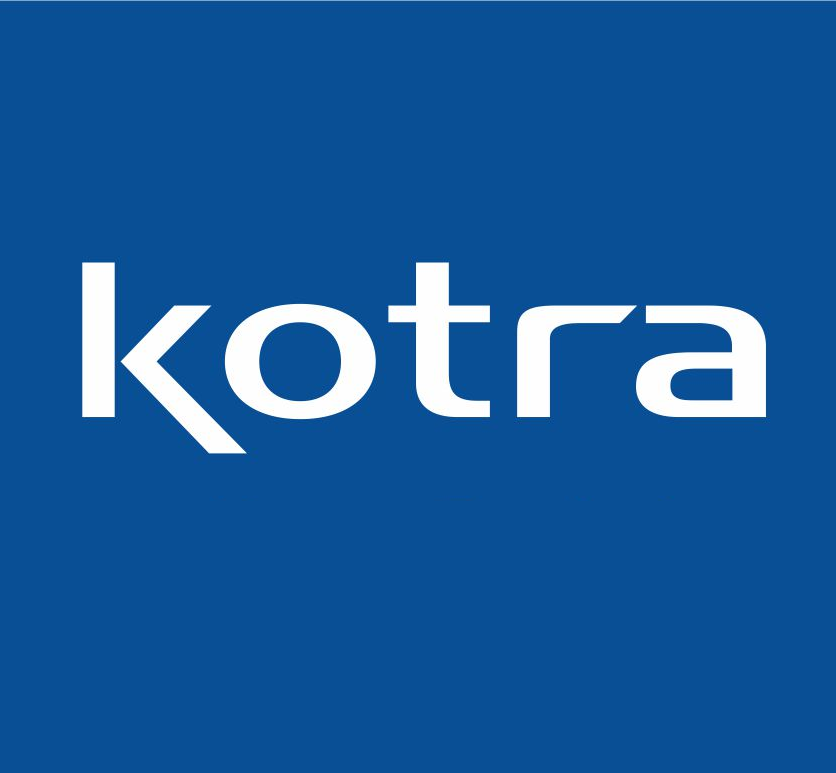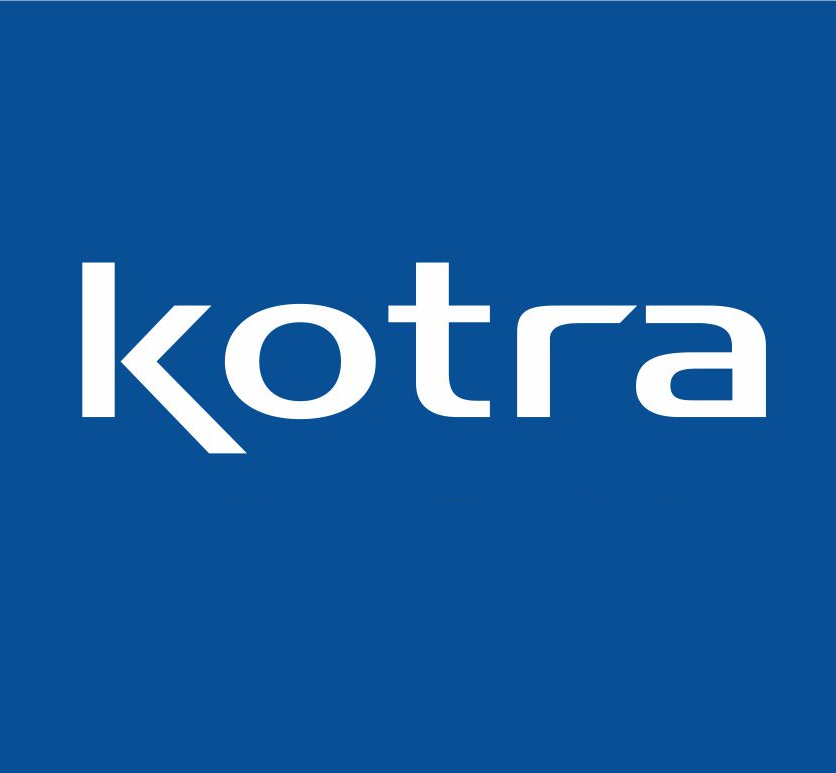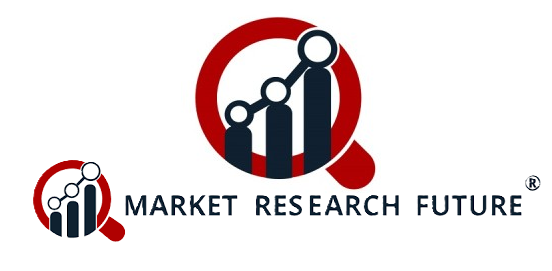The Link Between Chelated Zinc and Hoof & Skin Integrity
A Deep Industry Dive: The Key Segments Propelling the Zinc Methionine Chelates Market
The foundation of animal welfare and longevity, particularly in hoofed livestock like cattle and horses, rests significantly on the health of their integumentary system—their skin and hooves. Maintaining the integrity of these structures is a persistent challenge in intensive farming environments. Within the Zinc Methionine Chelates Market, the application targeting this specific health concern represents a vital segment of the overall Industry. The high demand stems from the mineral's critical role in tissue repair, keratin formation, and overall dermal health.
Zinc is a necessary cofactor for enzymes involved in the formation of keratin and collagen, the primary structural proteins of skin and hooves. Insufficient zinc supply is a well-documented cause of various dermal lesions, including parakeratosis, cracked hooves, and increased susceptibility to dermatitis. These conditions not only compromise animal welfare but also lead to significant economic losses dueating to lameness, reduced mobility, and subsequent drops in milk production or weight gain.
Traditional supplementation with inorganic zinc is often insufficient to address these issues, especially in high-producing or stressed animals. The low absorption rate of inorganic forms means that an adequate concentration of the mineral may not reach the target tissues. Zinc methionine chelates overcome this limitation, offering a highly stable and bioavailable form that ensures a greater concentration of zinc is available for the metabolic processes required for robust tissue maintenance. This is particularly noticeable in dairy cows, where improvements in hoof hardness and reduced lameness scores have been widely reported with the use of chelated zinc.
Furthermore, the product's function in enhancing the animal's overall immune system complements its dermal benefits. A strong immune response is vital in combating the bacterial and fungal infections that often lead to severe hoof and skin problems. By supporting both structural strength and defense mechanisms, zinc methionine chelates offer a dual-action solution that is becoming a non-negotiable component of welfare-focused feeding programs, thus carving out a significant and stable share of the feed additive market.
FAQ:
-
Why is zinc methionine chelate preferred over inorganic zinc for hoof health? The chelate is significantly more bioavailable, ensuring a higher concentration of zinc is absorbed and delivered to the structural tissues where it is needed for keratin and collagen formation, which is vital for strong hooves and healthy skin.
-
Besides structural benefits, what other roles does the chelate play in integumentary health? It supports the immune system, which helps the animal combat the bacterial and fungal pathogens that often cause infections and inflammation leading to serious hoof and skin conditions like dermatitis and lameness.



